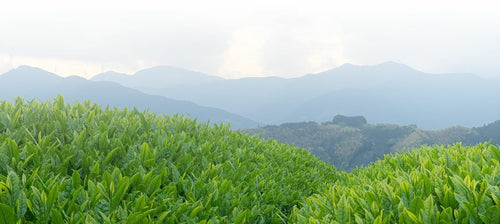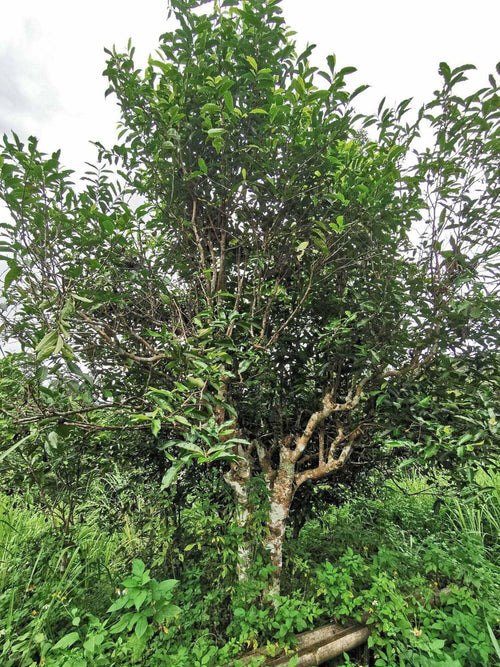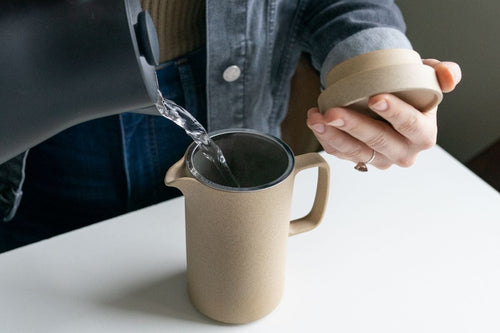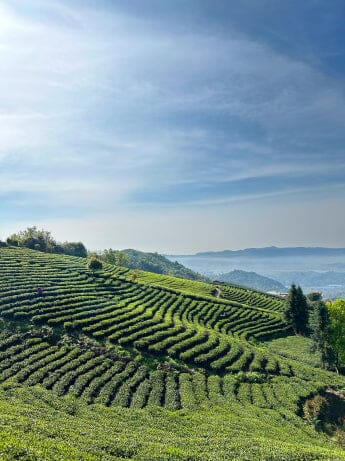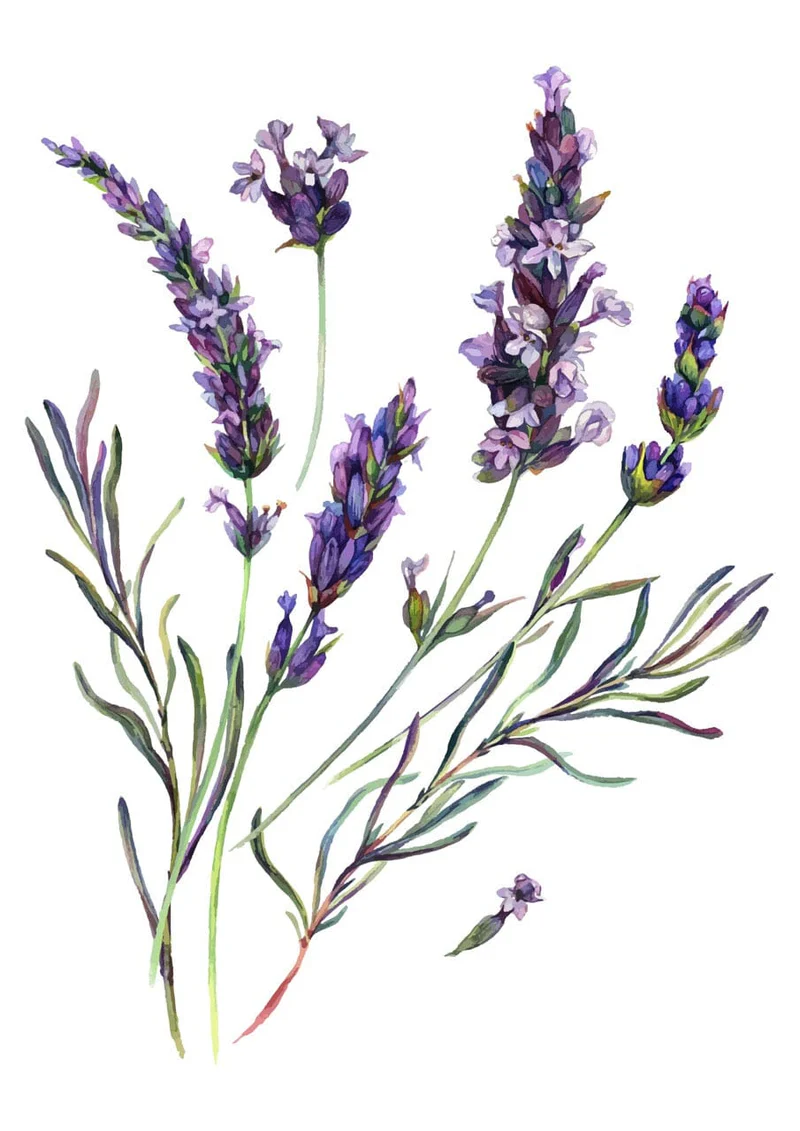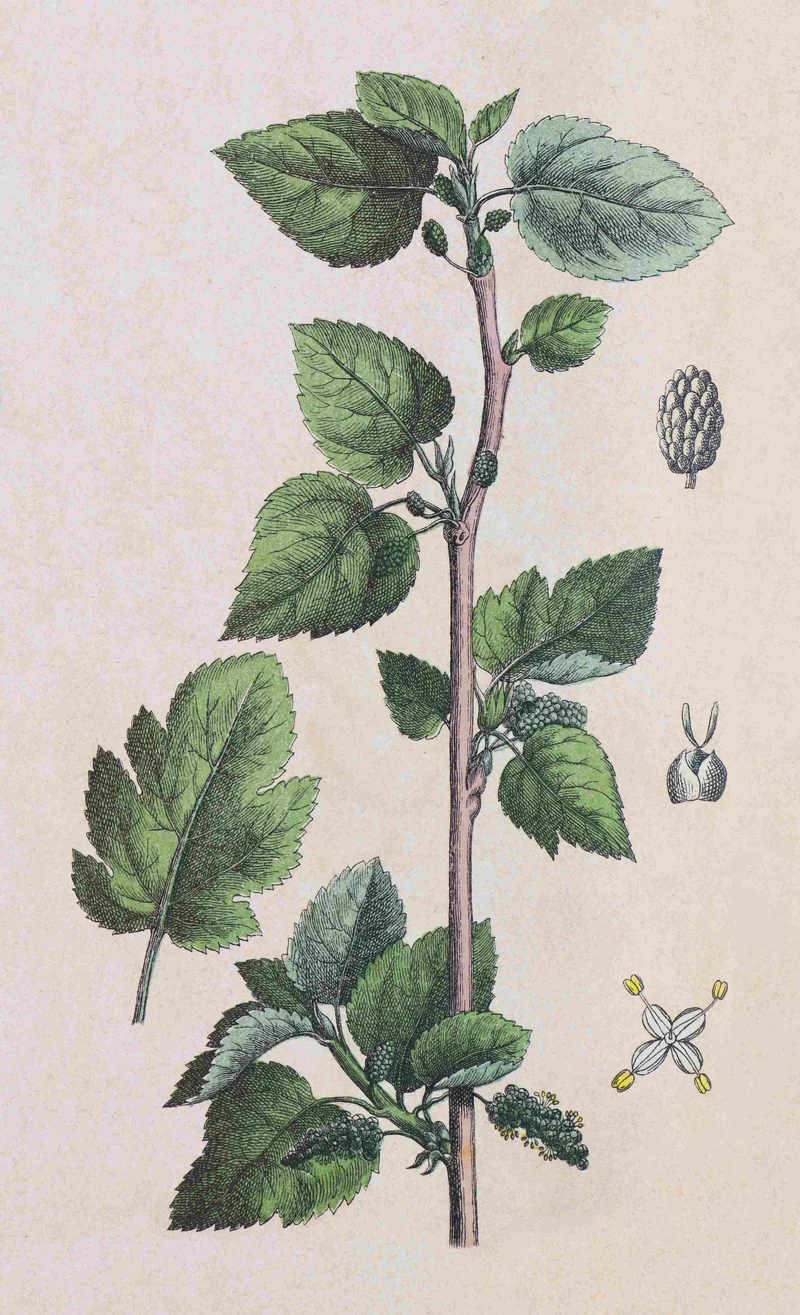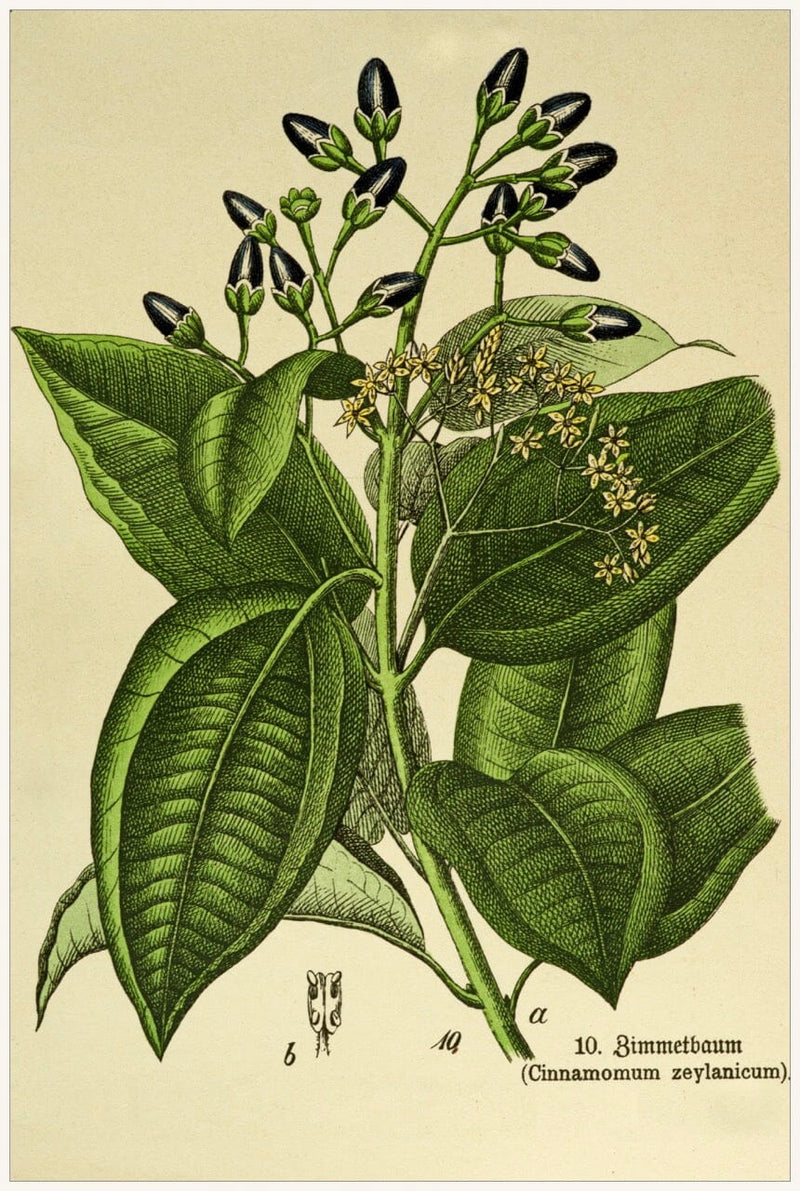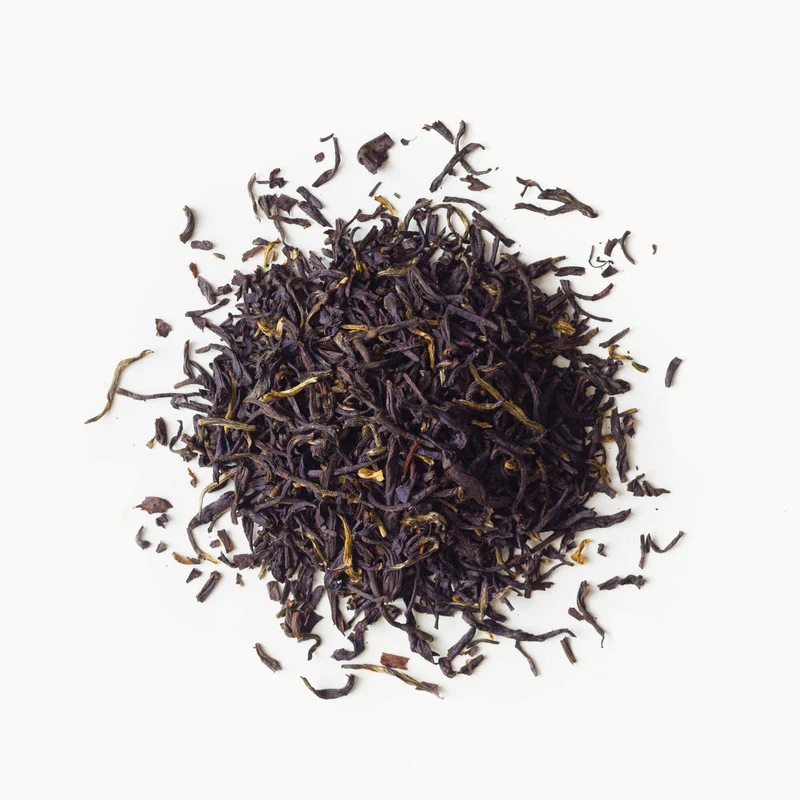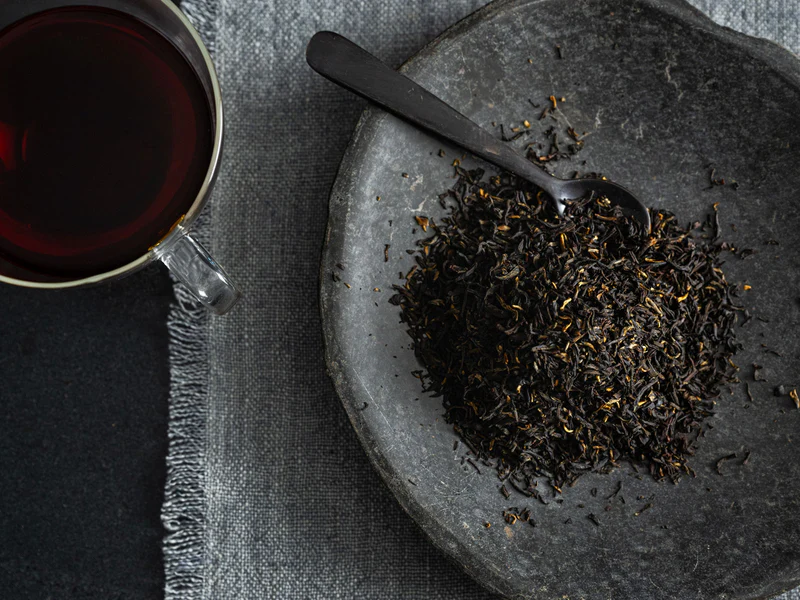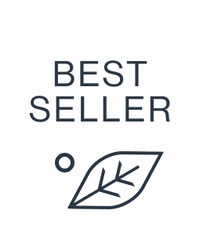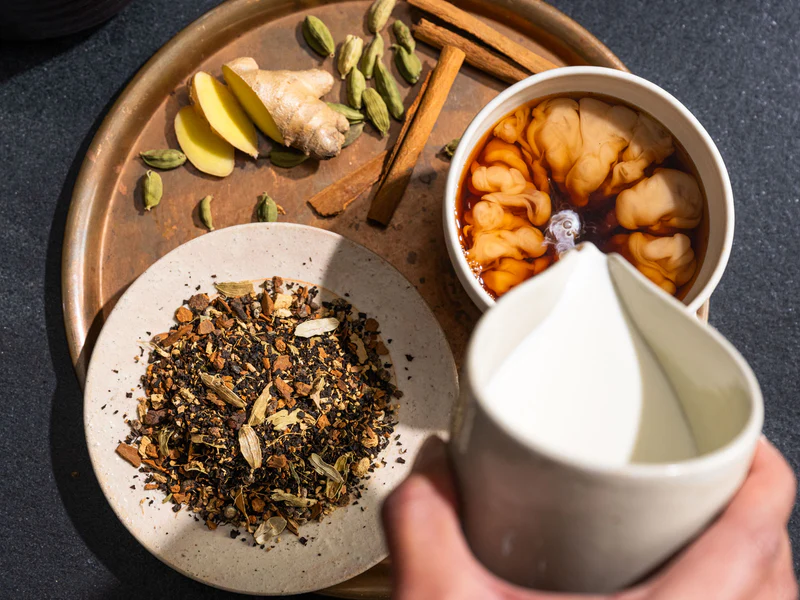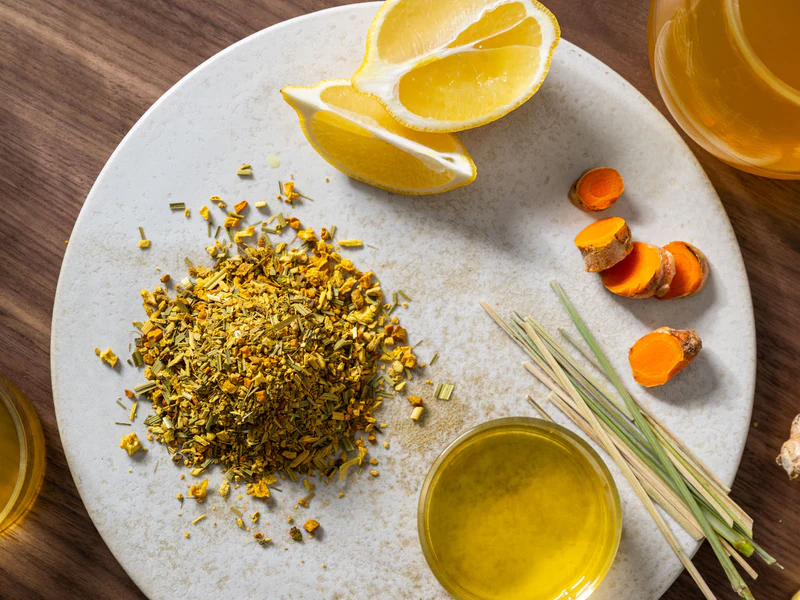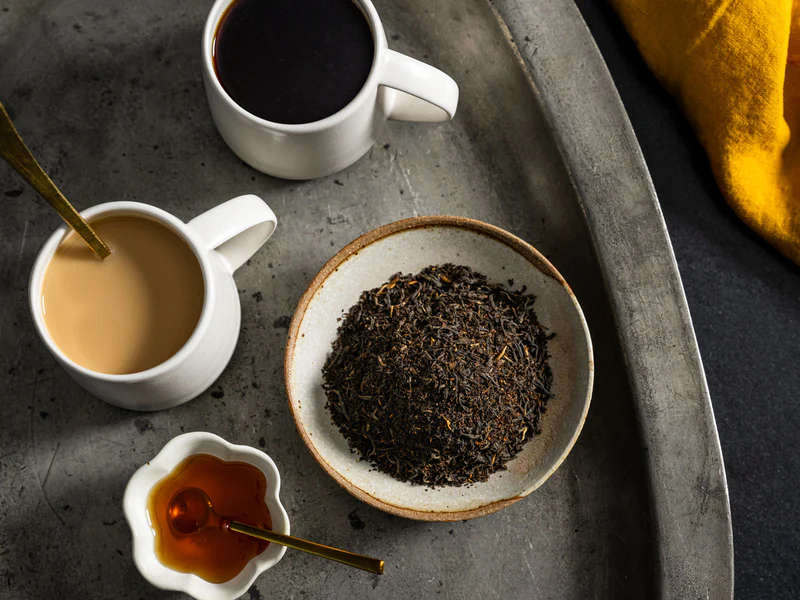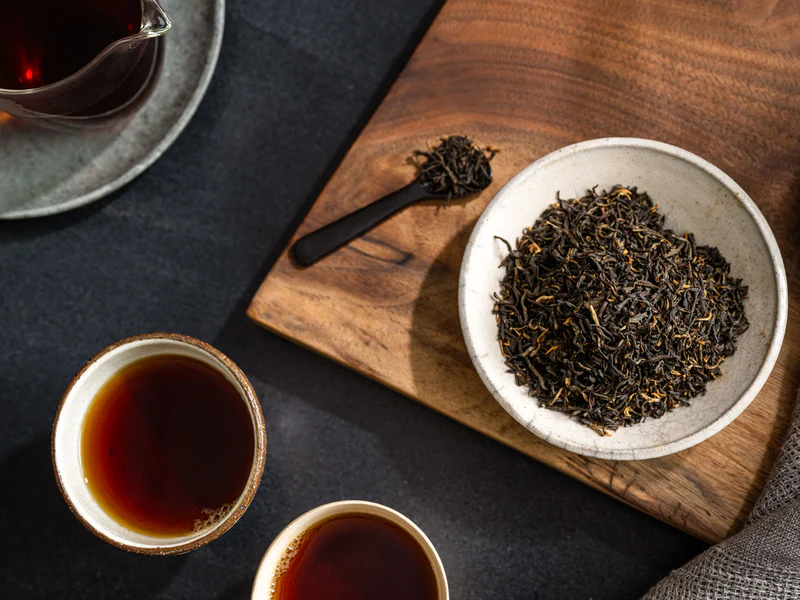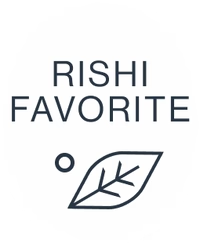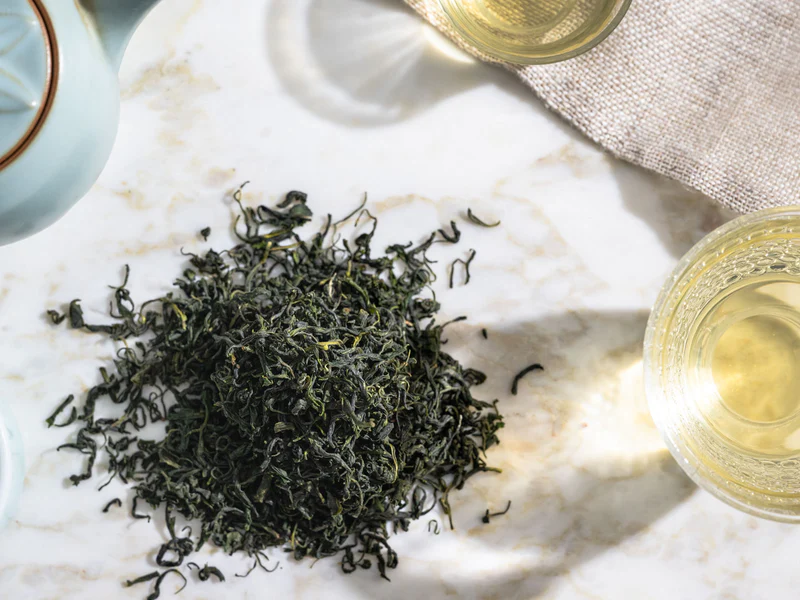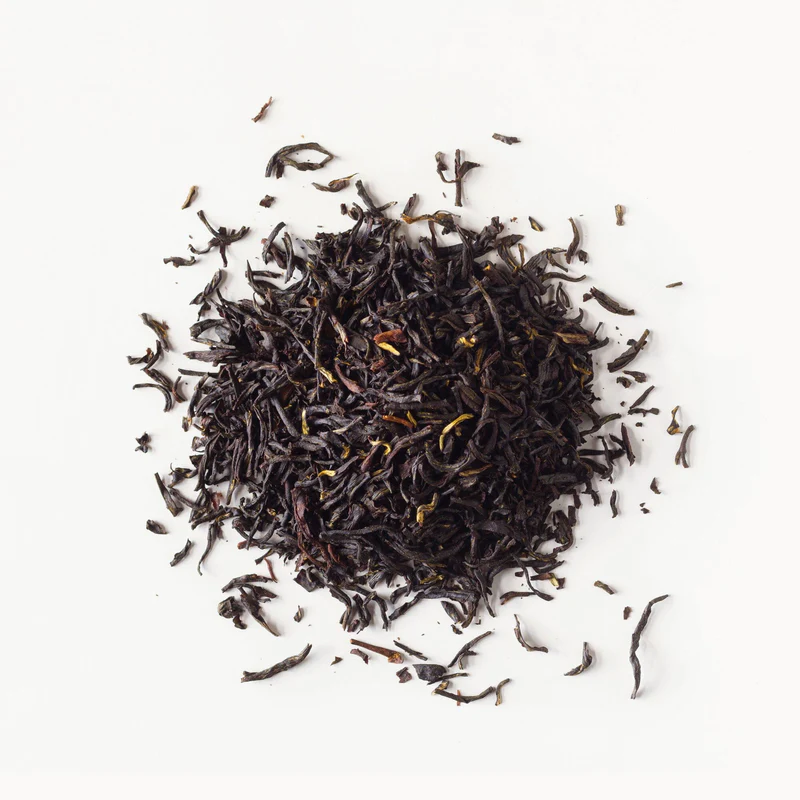Tinctures
Tinctures are best defined as concentrated herbal extracts. However, for an extract to be considered a tincture, the solvent (also called a menstruum) used must be alcohol. Typically, herbalists prefer to use a neutral spirit to make tinctures.
Tinctures are employed by wellness practitioners similarly to supplements. They are shelf stable and easy to take. You can use directly from a dropper or dilute the tincture in tea or water. Tinctures can also be used in mixology like bitters (as bitters are typically a type of tincture).



When using dried herbs, 80-90 proof alcohol (40-50% alcohol) will usually suffice to properly extract and preserve the active constituents in the plant material. If berries are being used, a higher alcohol percentage (around 70%) will better extract the plant material. When creating tinctures, you will want to carefully measure your weight-to-volume ratio. Usually, the ratios will be between 1:2 to a 1:10. Typically, you will make tinctures that are 1:3, 1:4, or 1:5. The concept of saturation comes into play making it almost impossible to really extract past a 1:2 ratio.
To properly select a jar or vessel to rest your combination of alcohol and herbs, be sure you have your ratios of plant material to herbs calculated first. Then, once you know how much alcohol and botanicals, you will be able to calculate the size container needed. A tip: berries, barks, and some roots will expand to double their dried size when reconstituted.
Pure Botanicals
Pure Botanicals
Herbs and botanicals have been staples in the natural apothecary and the kitchen for thousands of years. Explore our premium botanicals that can be used for a myriad of applications.
